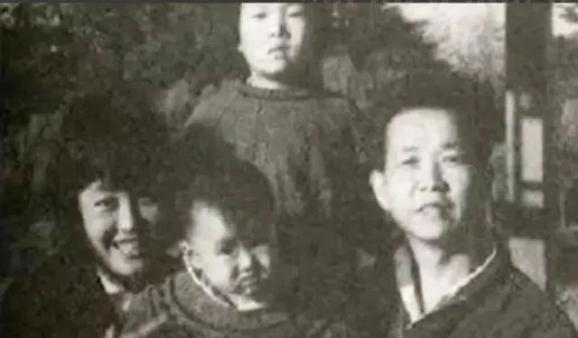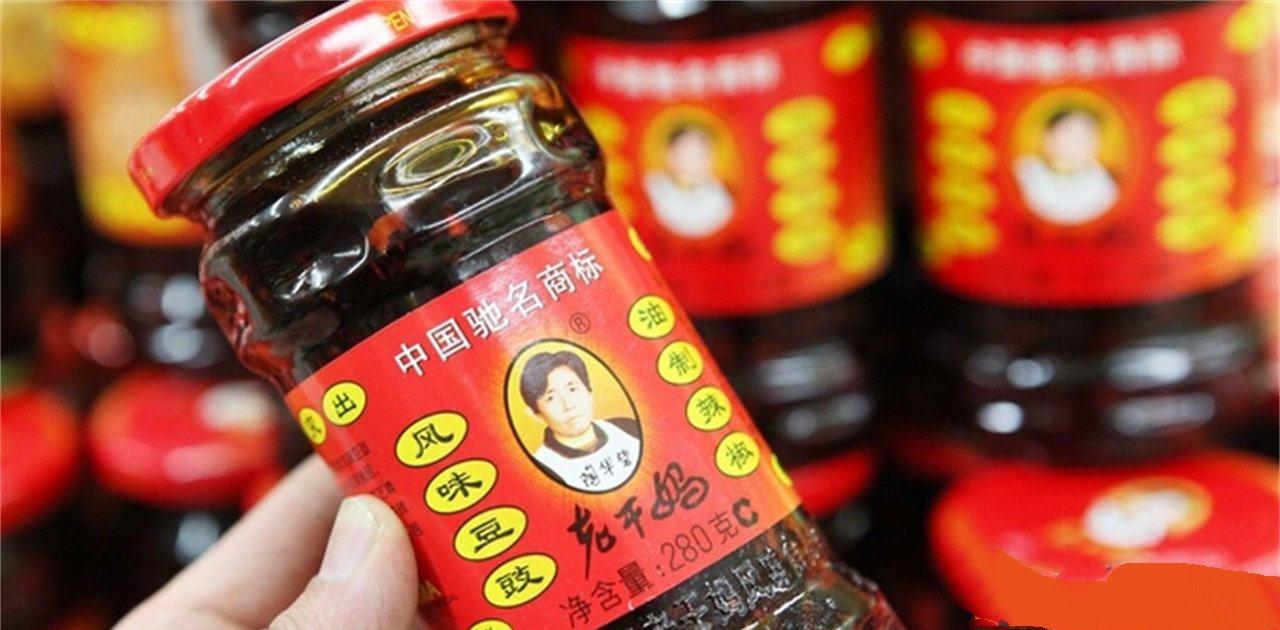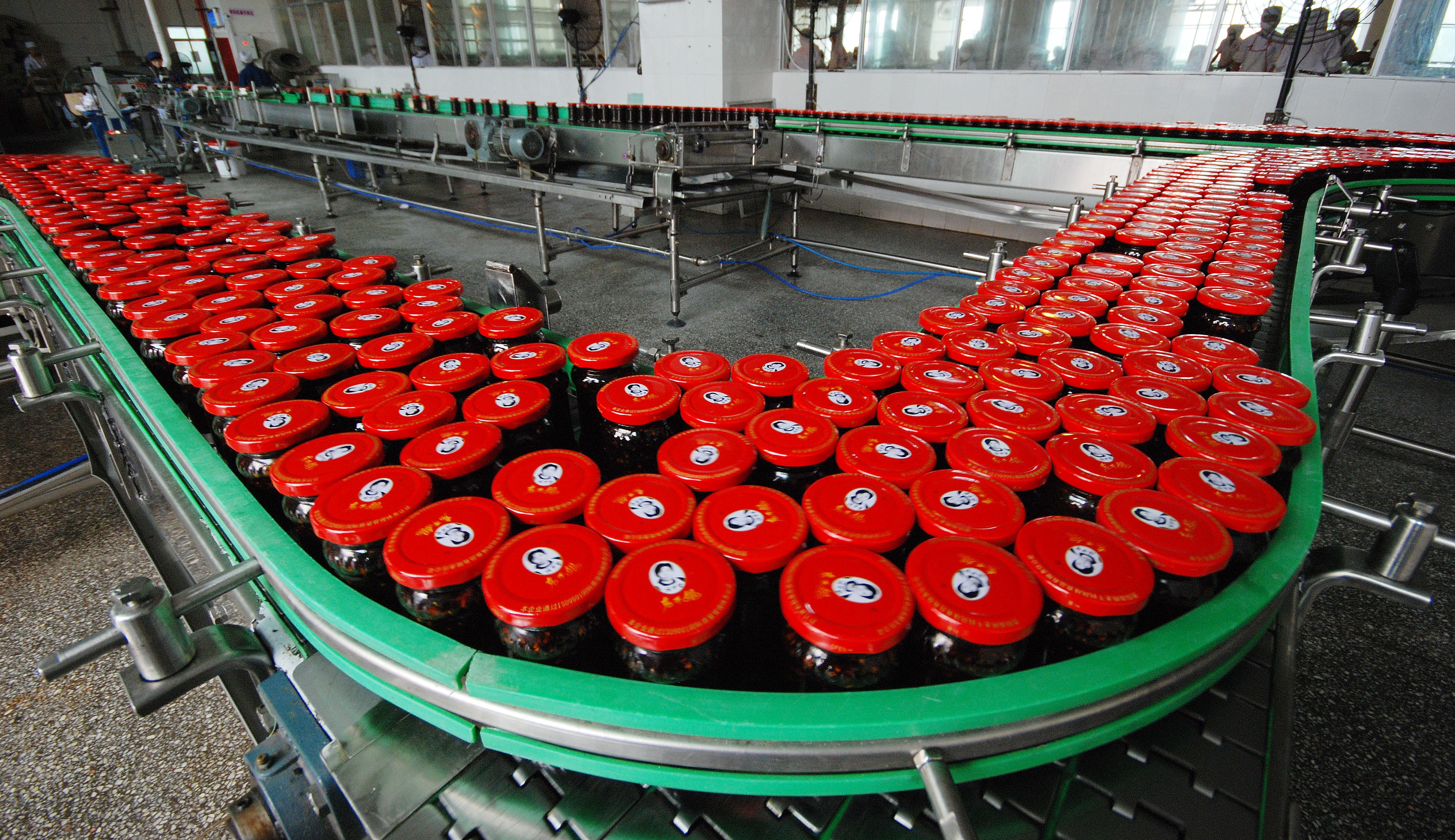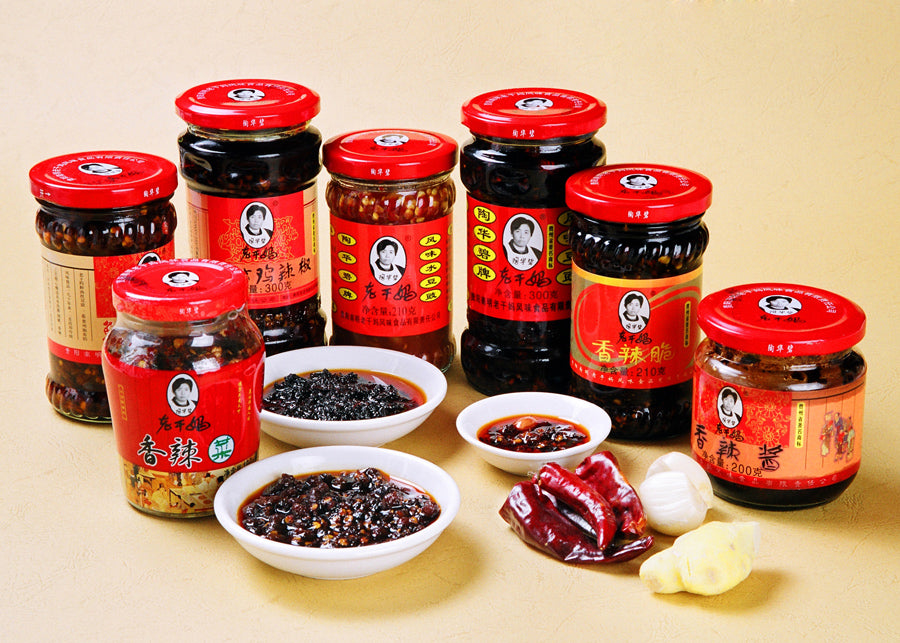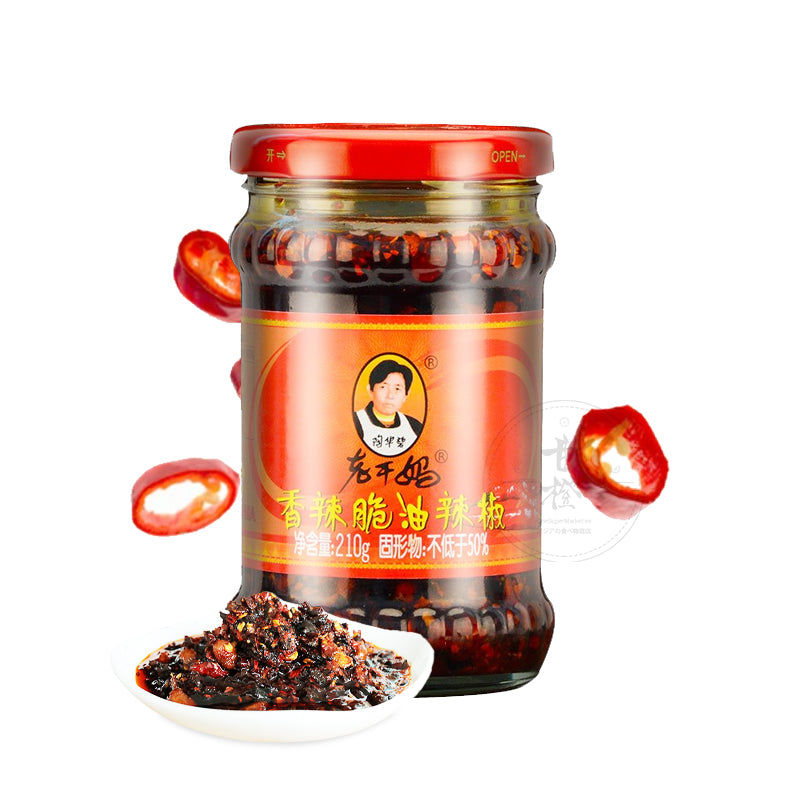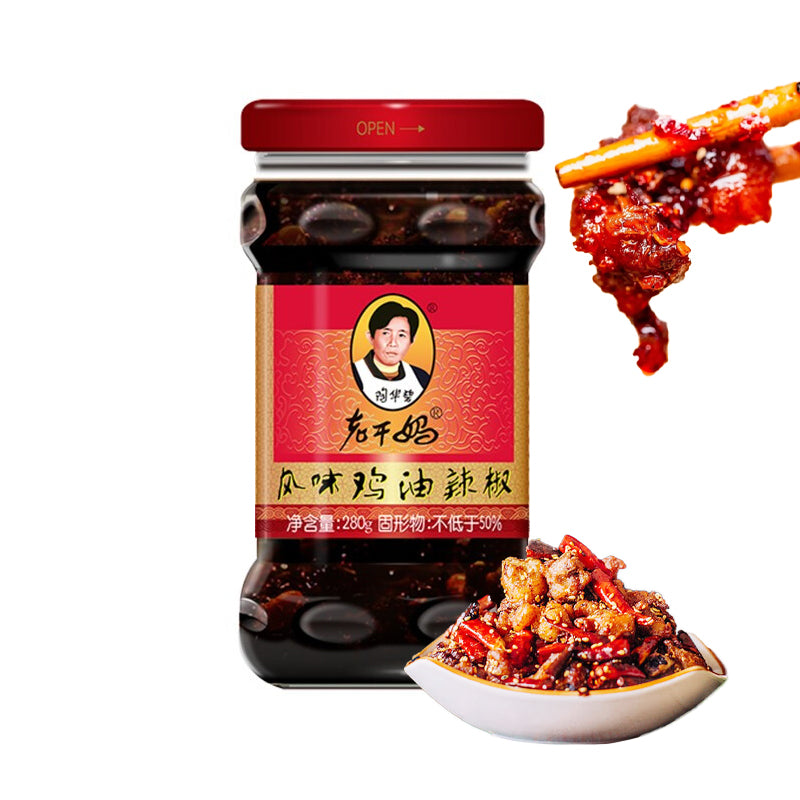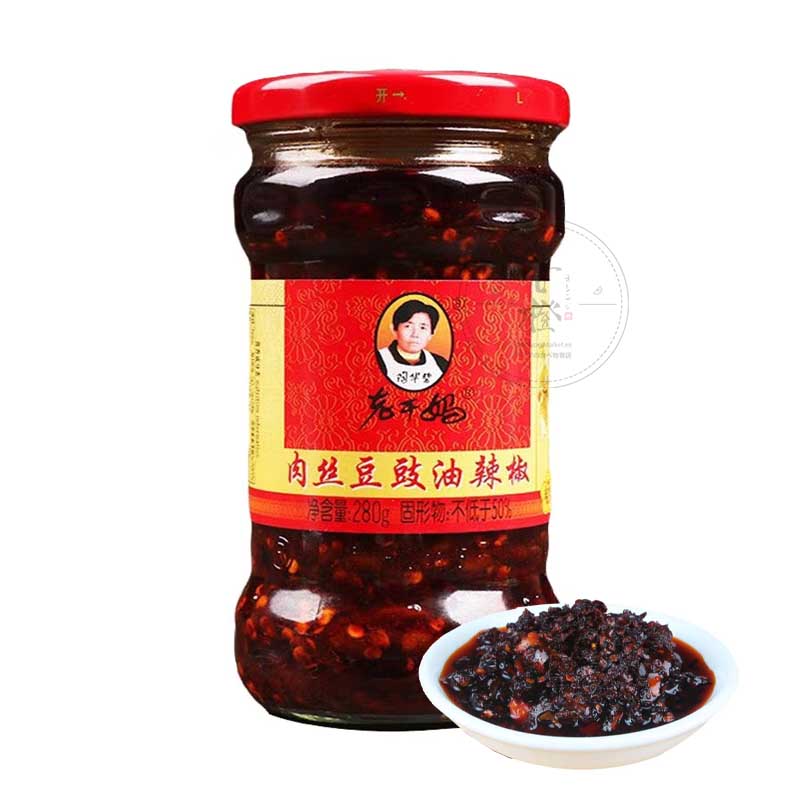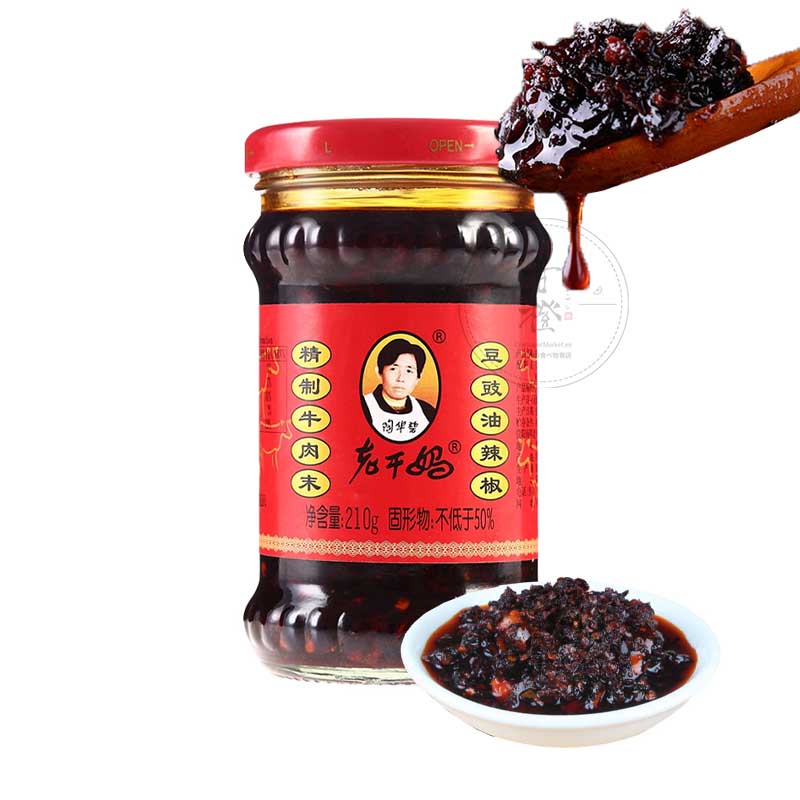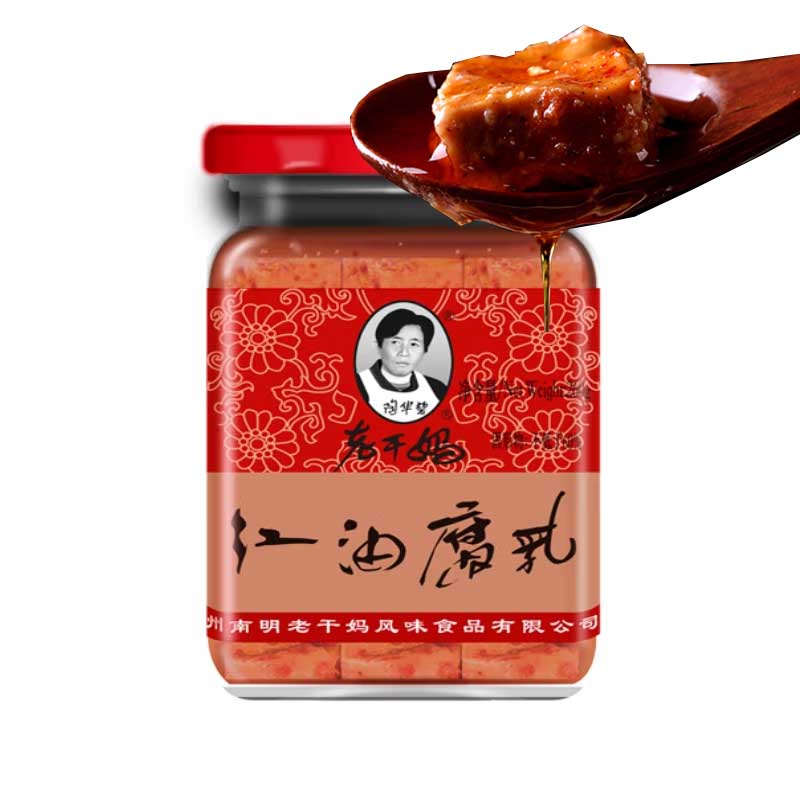Laoganma
The Spicy Secret of Chinese Cuisine
Welcome, lovers of gastronomy and intense flavors! Today we are going to embark on a culinary journey to the Far East, specifically to China, where we will discover a condiment that has conquered palates around the world: Laoganma, also known as "The Skinny Mother".
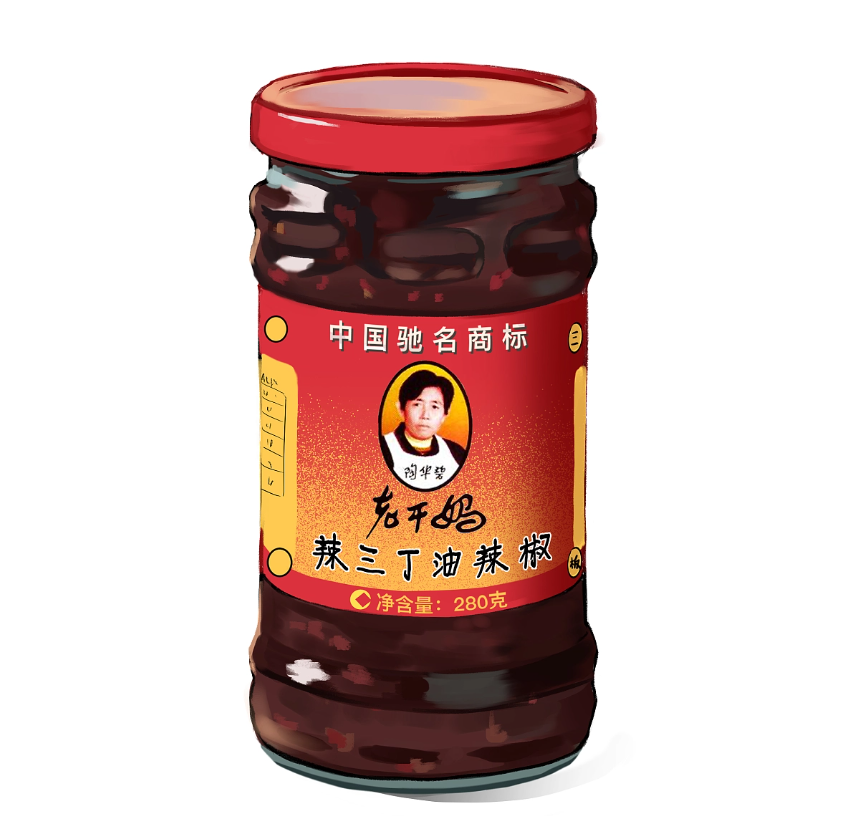

What is Laogama?
Laoganma is a brand of Chinese hot sauce that literally means “Wind Mother.” This sauce is famous for its intense umami flavor and crunchy texture . It is a versatile condiment made primarily from chili peppers, soybeans and sometimes peanuts, and has become an essential ingredient for many Chinese food lovers around the world.
Imagine a touch of spicy heat combined with a deep richness of flavor that enhances any dish, from rice and noodles to soups and meats. That's what Laoganma brings to the table.
History and Origin of Laoganma
Now that we know what Laoganma is, it's time to delve into its fascinating history and origin . Have you ever wondered how this delicious hot sauce came to be? Keep reading!
It all started in the picturesque province of Guizhou , southwest China. Guizhou is known for its beautiful mountainous landscape, as well as its exquisite culinary culture in which chili plays a central role. In this province, spiciness is more than a flavor; It is a lifestyle.
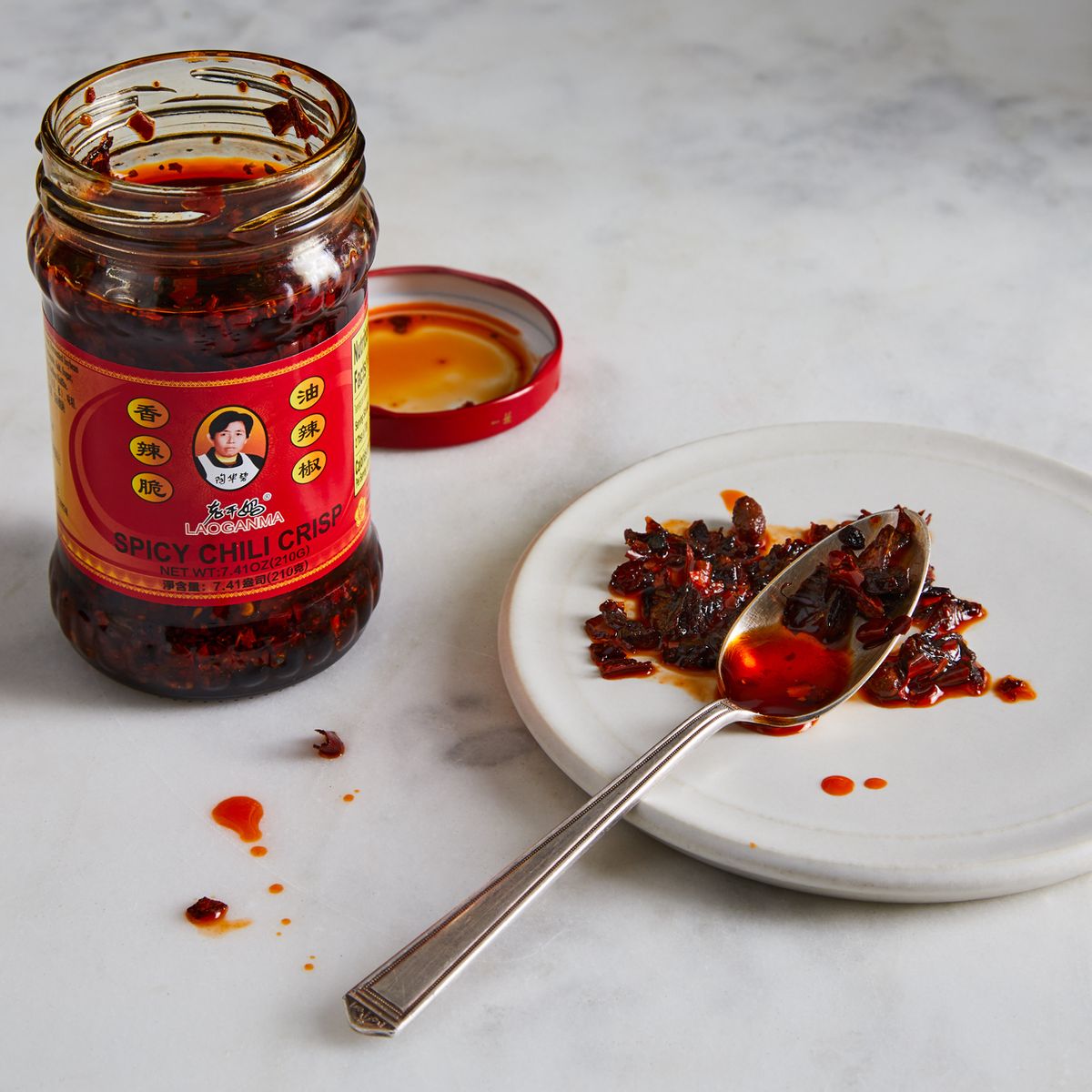
Varieties and Flavors
When we talk about Laoganma, we often refer to the original crispy hot sauce , but the brand has evolved to offer a range of flavours. Here we are going to explore some of the most popular varieties:
- 香辣脆油辣椒 (Laoganma Crispy Hot Sauce) : This is the classic version that made Laoganma famous. Combine chiles with fermented soybeans, garlic and onion in a fragrant oil. It is crunchy, spicy and with a deep umami flavor that enhances any dish.
- 风味鸡油辣椒 (Chicken Fat Spicy Sauce) : This variety uses chicken fat instead of vegetable oil, which gives it a richer flavor and smoother texture. It is ideal for adding a touch of flavor to soups and stews.
- 肉丝豆豉油辣椒 (Spicy Bean Sauce with Beef Strips) : This version incorporates beef strips into the sauce, which adds flavor and texture. It is an excellent option for those looking for a meatier flavor in their dishes.
- 豆豉油辣椒 (Spicy Fermented Bean Sauce) : With a focus on fermented soybeans, this sauce is less spicy than the others but equally tasty. It is ideal for those looking for an umami flavor without so much spice.
Comparison with Spanish Hot Sauces :
Laoganma hot sauces are different from traditional Spanish hot sauces in several ways.
- Intensity of Heat : Laoganma sauces tend to be spicier than many Spanish sauces.
- Texture : Laoganma is known for its crunchy texture thanks to soy beans and other solid ingredients, while Spanish hot sauces tend to be milder.
- Umami Flavor : Laoganma uses fermented ingredients that result in a deeper umami flavor, which is not as common in Spanish hot sauces.
- Uses : While Laoganma is often used to enhance cooked dishes, Spanish hot sauces are frequently used as a condiment in tapas and other dishes.
How to Use Laoganma in the Kitchen
Laoganma is incredibly versatile and can add a special touch to a variety of dishes. Let's explore some ideas and simple recipes to incorporate this delicious sauce into your cooking, especially in Spanish and Latin American dishes.
- Patatas Bravas with a Touch of Laoganma: Patatas bravas are a classic of Spanish tapas. Try adding a little Laoganma to traditional brava sauce for a spicy and crunchy touch. Simply mix Laoganma with fried tomato, garlic and paprika before pouring it over the fries.
- Rice with Chicken and Laoganma: Add a little Laoganma at the cooking stage to give a deep and spicy flavor to the dish. It's an interesting twist on a beloved classic.
- Empanadas with Laoganma Sauce: Prepare a dipping sauce by mixing Laoganma with mayonnaise or sour cream. It is perfect for dipping your empanadas and giving them an Asian touch.
- Gazpacho with a Touch of Laoganma: Add a little Laoganma to gazpacho to give it a spicy touch and an umami flavor that perfectly complements the fresh flavors.
- Fusion Style Tacos: Taco lover? Try adding Laoganma to your favorite taco sauce or use it as a dip. You can create Asian-Mexican fusion tacos using Laoganma with pulled pork, kimchi, and cilantro.
- Arepas Stuffed with Laoganma: Arepas are a traditional dish from Venezuela and Colombia. Fill the arepas with cheese, avocado and a little Laoganma for a delicious and satisfying breakfast.
Remember that Laoganma is quite spicy, so start with small amounts and adjust according to your preference. Also, don't hesitate to experiment and find new combinations; Laoganma can be a surprisingly delicious addition to many dishes.
Laoganma Global Impact
Laoganma has gone from a humble local condiment to an international phenomenon . Let's explore how he achieved this feat and how it has been adopted in different cultures around the world.
Development of an International Phenomenon
- As mentioned above, Laoganma started out as a hot sauce created by Tao Huabi at his small noodle stall. Demand grew so much locally that it led to the creation of the Laoganma brand in 1996.
- With its unique and versatile flavor, Laoganma began to gain popularity in China and eventually attracted the attention of international markets.
- Its overseas presence began to expand in the 2000s, and today, Laoganma is sold in more than 80 countries and regions, including the United States, Canada, Europe, and Australia.
Adoption in Other Cultures
- In the United States , laoganma has become an essential ingredient in Asian fusion cuisine, and renowned chefs use it in their creations. Many Americans also use it as a dipping sauce for pizza and chicken wings.
- In Europe , including Spain, Laoganma is used to add a spicy and umami touch to traditional dishes, such as pastas, tapas and soups.
- In Australia , the sauce has gained popularity among lovers of spicy food and is used to season barbecues and salads.
- In Southeast Asian countries , such as Thailand and the Philippines, laoganma has been integrated into local cuisine, adding it to dishes such as pad thai or adobo.
A Cultural Ambassador
- Beyond food, Laoganma has become something of a cultural ambassador , representing the Chinese cuisine and chili culture of Guizhou province.
- Tao Huabi, the founder, has become an icon and source of inspiration for many entrepreneurs and food lovers around the world.
Laoganma has shown that food can transcend borders and unite people from different cultures. Their rise from a small noodle stand to a global phenomenon is a story of success and determination that continues to inspire and delight palates around the world. Try Laoganma and join this global culinary experience!
To buy
Blog

Benefits of Sesame Oil: Health and Cooking at its Best
The numerous benefits and uses of sesame oil in cooking, personal care and health. Learn how to take advantage of its antioxidant and anti-inflammatory properties.
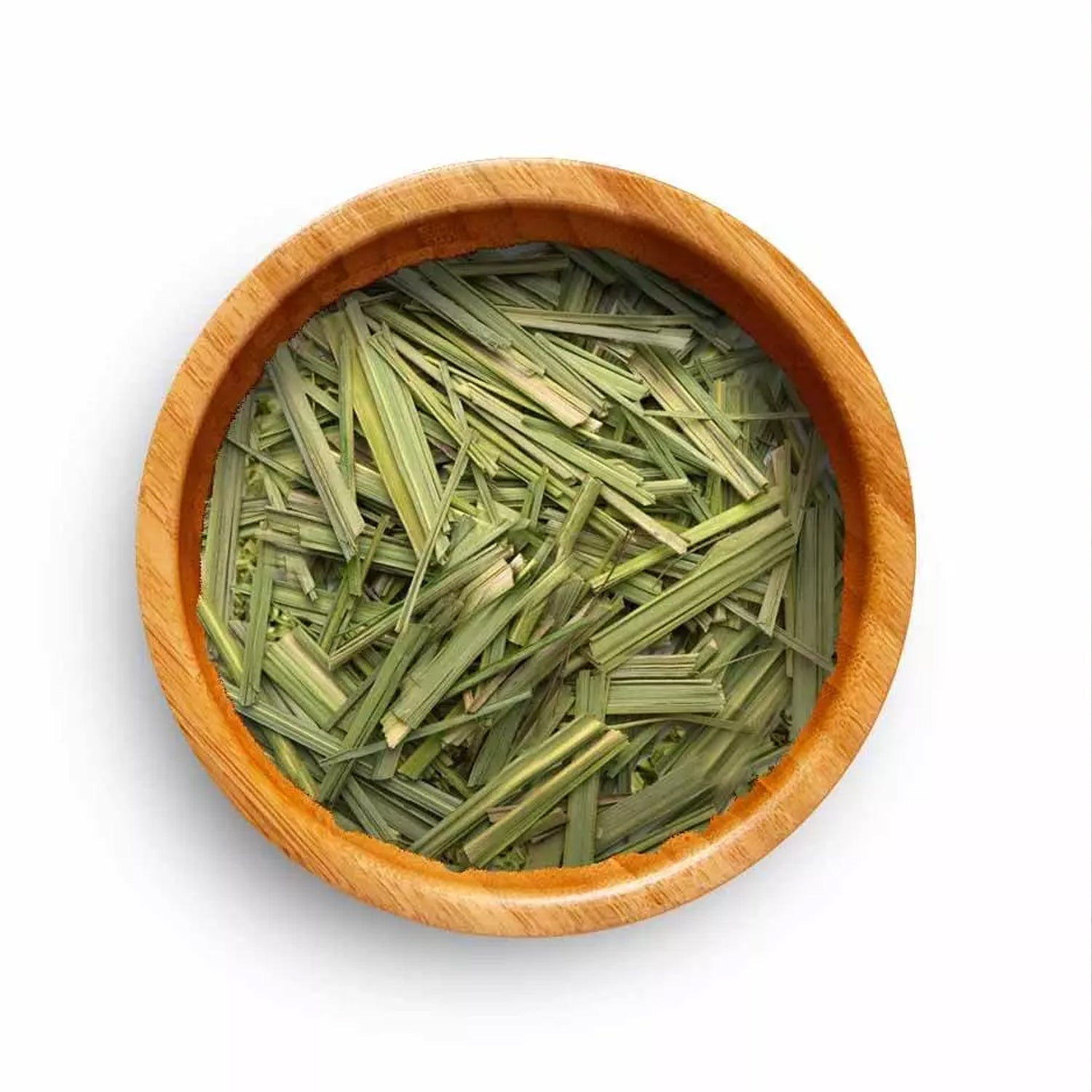
Benefits of Lemon Grass: Culinary and Medicinal Uses
Lemon Grass can transform your favorite dishes and improve your health. Learn about its culinary uses, medicinal benefits, and featured recipes to incorporate this versatile plant into your daily l...
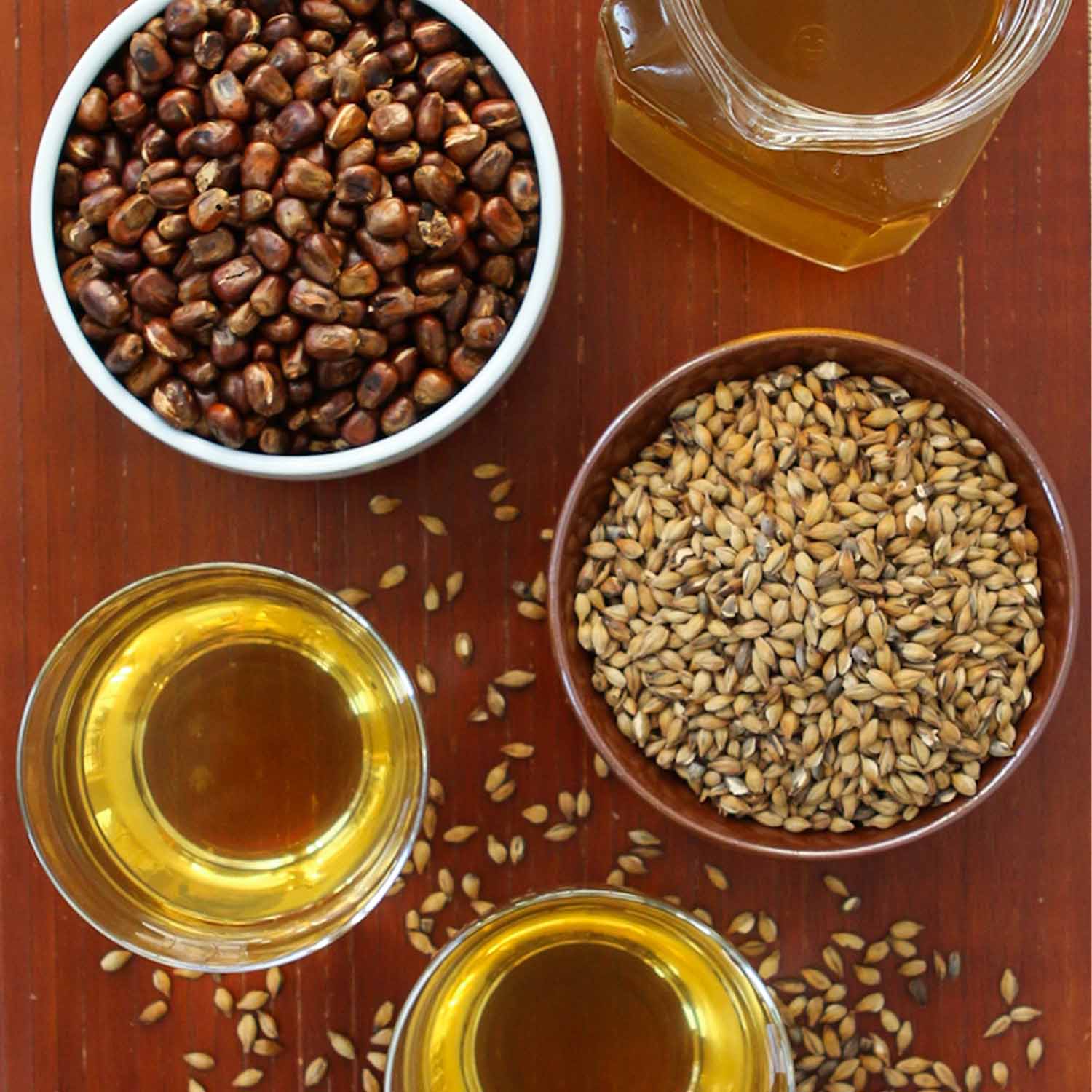
Korean Barley Tea: Tradition and Health in Every Cup
Korean barley tea, known as bori-cha. Learn about its origin, health benefits and how to prepare it at home. A caffeine-free drink rich in antioxidants. Discover the tradition and benefits of this ...




